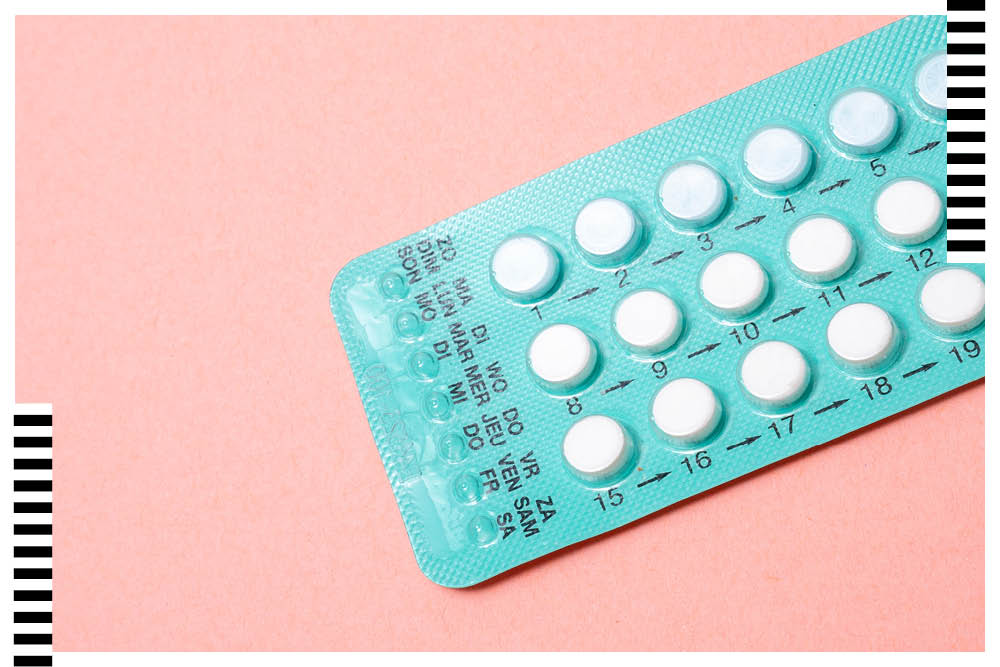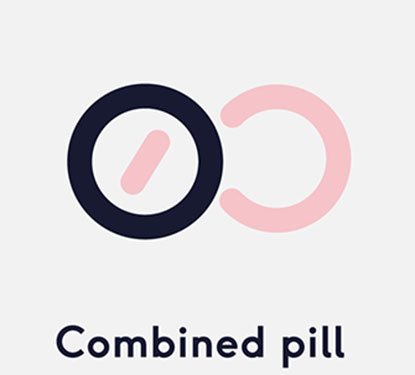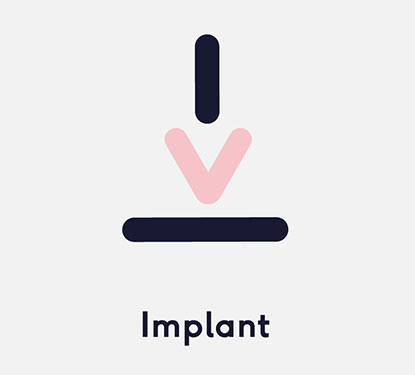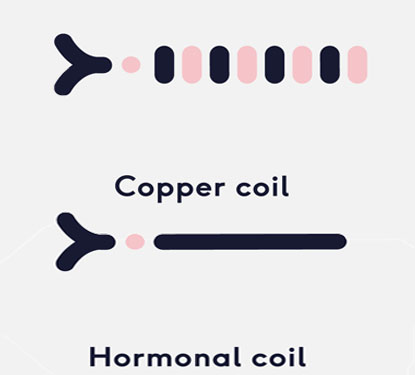How to Share the Load of Contraception

Teenagers are the UK’s most prolific condom users. Thanks to initiatives like the “Come Correct” C-Card scheme, the prophylactic still remains the most accessible form of contraception on the market. With teen pregnancy rates in the UK down by more than 60 per cent since 2007, rooting for the rubber is clearly an initiative that’s paying off.
Unfortunately this love affair with the foil square is often short-lived with “It just doesn’t feel as good” and “It ruins the mood” often cited as common complaints. Essentially the stabilisers of shagging, it appears that condoms are seen by many as beginners’ equipment before graduating to a relationship and the “big leagues” of female contraception.
But discussions are growing around the emotional and physical impact that hormonal contraception can have. A Danish study of more than a million women and adolescent girls found that those on the combined pill were 23% more likely to be prescribed an antidepressant. Prescription rates for the once much-loved pill are now in steady decline. With contraception choices relatively limited for men – currently consisting of either slipping on a skin, or the more drastic solution of the snip – it’s easy to see how women end up taking on the responsibility. However, by involving men more in conversations about contraception, and schooling them on side-effects, transitioning from condoms to other methods can become more of a mutual decision.
LADIES WANT THE LOWDOWN
ALICE PELTON
Founder of the first contraceptive review platform, The Lowdown
Putting aside the amount of ovary-related admin involved in preventing pregnancy – time off for doctors’ appointments, or lunch breaks queueing in the pharmacy – the growing concern surrounding contraceptive side-effects is enough to make women think twice before supporting a new form of birth control.
This, and her own adolescent experiences of being on the pill, inspired businesswoman Alice Pelton to create The Lowdown: the world’s first peer to peer review website for methods of birth control. It’s a space where women can share their personal experience with any type or brand of contraception. The website then crunches this data supplied by real women, and makes common trends available.
“I wanted to build something that helps other women avoid the trial-and-error approach to contraception that so many of us have had to endure,” Alice says. “I was fed up with women’s complaints about side-effects being minimised.”
Agreeing that women are more keen to know the intricacies of contraception, Alice adds, “People are finally waking up to the fact that it is not good enough for women’s physical and mental health to suffer the way it does.”
Initiatives such as The Lowdown are proving effective in helping women feel more informed about contraceptive choices. But with a 98 per cent of female audience, it’s clear that these sorts of discussions are still taking place in spaces where males aren’t present.
Getting men involved is vital in helping with the responsibility of birth control. With the male pill having passed human safety tests, the next decade could see a real shift in how contraceptive duties are allocated.
A TRICKY PILL TO SWALLOW
Alice Pelton argues that making information about contraceptive side-effects more readily available is crucial, for men and women.
ORAL CONTRACEPTIVES
– 39% of women who visited NHS Sexual and Reproductive Health Services (SRH) in 2018/2019 opted for some form of pill
– The Lowdown data shows 44% of combined pill-users reporting improved skin
– 54% on the mini-pill noted an increase in spots, compared to 36% on the combined
Alice says: “Both can cause negative changes in mood, loss of sex drive, breast tenderness, headaches and increased vaginal discharge in around half of women.”
THE IMPLANT
– The most common form of long-acting reversible contraceptive (LARC), it was the main method of birth control for 17% of women visiting SRH services in 2018/19
– Can last up to three years
– Sitting near the bottom on The Lowdown’s satisfaction ratings, its most reported side-effects are similar to the pill
Alice says: “61% of users reported a negative impact on mood – making it the worst-performing method in this area.”
THE HORMONAL IUS + COPPER IUD
– Fitted for 18% of visitors to SRH in 2018/19, these have seen a massive increase in popularity in recent years
– The Lowdown users report womb cramps and increased instances of thrush and vaginal discharge for both devices
Alice says: “The IUS is the highest rated and stops the periods of 55% of women. In contrast, 75% of IUD users report heavier periods. However, we don’t see any major reports of mood or sex drive changes.”
To keep up with all things The Lowdown, check out their website, or follow them on Instagram.
















